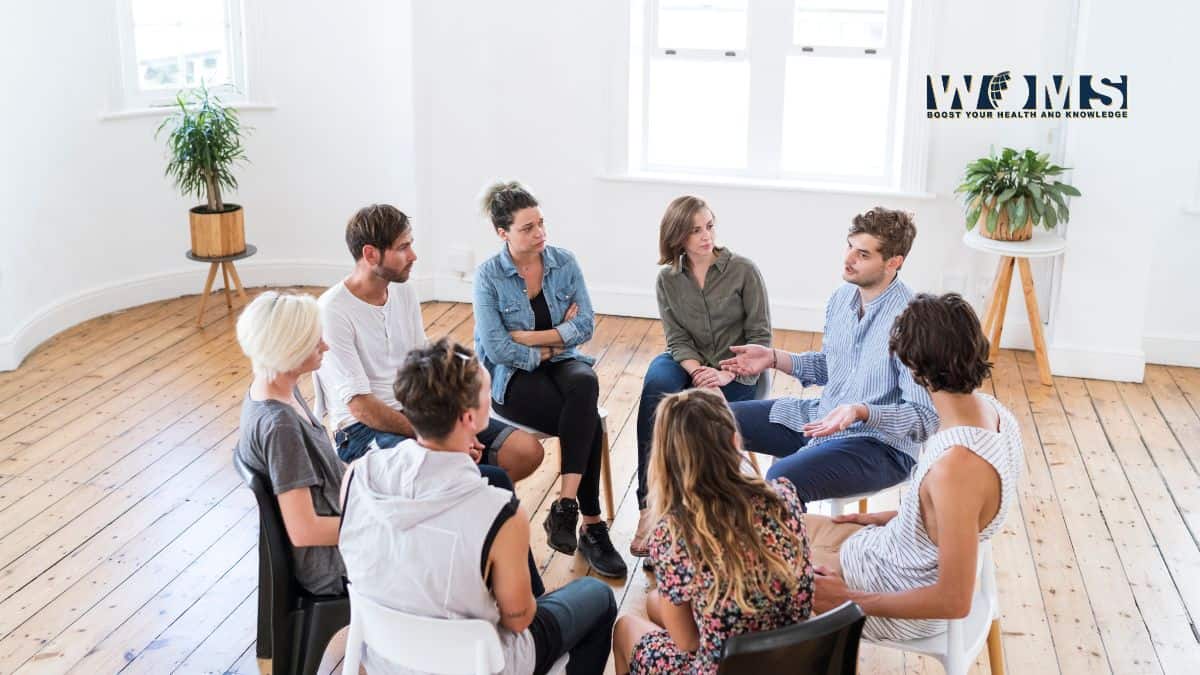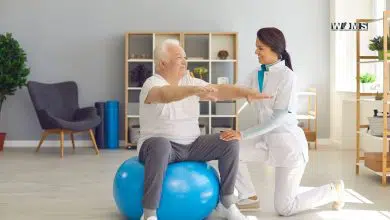Why Group Therapy Works: A Complete Guide

When it comes to accessing therapy, many individuals focus on working with a therapist one-on-one to address their mental health concerns. While one-on-one therapy can be incredibly effective, group therapy offers a unique dynamic that encourages connection, support, and growth from everyone participating.
But what exactly happens in group therapy, and why is it so beneficial?
What is Group Therapy?
Group therapy brings together people who share similar challenges or experiences. It can address a wide range of issues, from anxiety and depression to relationship difficulties and grief. The group typically meets once a week, with sessions lasting around 60 to 90 minutes. The number of participants can vary, but most groups make up 6-12 members.
The structure of group therapy can differ depending on the approach, but sessions often include discussions, activities, and exercises designed to help members explore their thoughts and feelings in a safe and supportive environment. This shared space allows participants to see that they are not alone in their struggles, which can be very validating.
Benefits of Group Therapy
Group therapy offers several advantages:
Shared Experiences: Knowing that others are facing similar challenges can be comforting. It helps participants feel understood and less isolated.
Different Perspectives: Hearing others’ experiences and viewpoints can provide new insights and ways of thinking, helping individuals see their own issues in a different light.
Support System: The group becomes a support network where members can encourage one another, celebrate successes, and provide feedback. This collective encouragement can boost confidence and motivation.
Skill Development: Group therapy typically includes practical exercises that help participants develop coping strategies and communication skills in real-time. Practicing these skills within the group can make it easier to apply them in everyday life.
Cost-Effective: Since group therapy typically costs less than individual therapy, it can be a more affordable option for anyone looking for mental health support.
The Therapist’s Role in Group Therapy
In group therapy, the therapist plays a key role in guiding the sessions and maintaining a safe and productive environment. Their responsibilities include:
Facilitating Discussion
A CASE Psychology therapist will ensure that conversations are constructive and that all members have the opportunity to share and participate. They may ask questions, encourage reflections, or steer the discussion to keep everyone focused.
Managing Group Dynamics
Group therapy involves multiple personalities and emotions, which can sometimes lead to conflicts or misunderstandings. The therapist monitors these dynamics and intervenes when necessary to keep the group cohesive and respectful.
Providing Insight and Feedback
While the group itself is a powerful tool for healing, the therapist offers professional insights and feedback that help deepen the participant’s understanding of their issues.
Encouraging Growth
The therapist encourages members to challenge themselves, try new behaviors, and apply what they learn in the group to their lives outside of therapy.
Maintaining Confidentiality
A valuable part of group therapy is confidentiality. The therapist ensures that all members understand and agree to this, creating a safe space where everyone participating can be open and honest. Ultimately, whether you’re looking for a cost-effective alternative to individual therapy or simply want to experience the unique benefits of a group setting, group therapy can be a valuable step toward healing and self-improvement.



